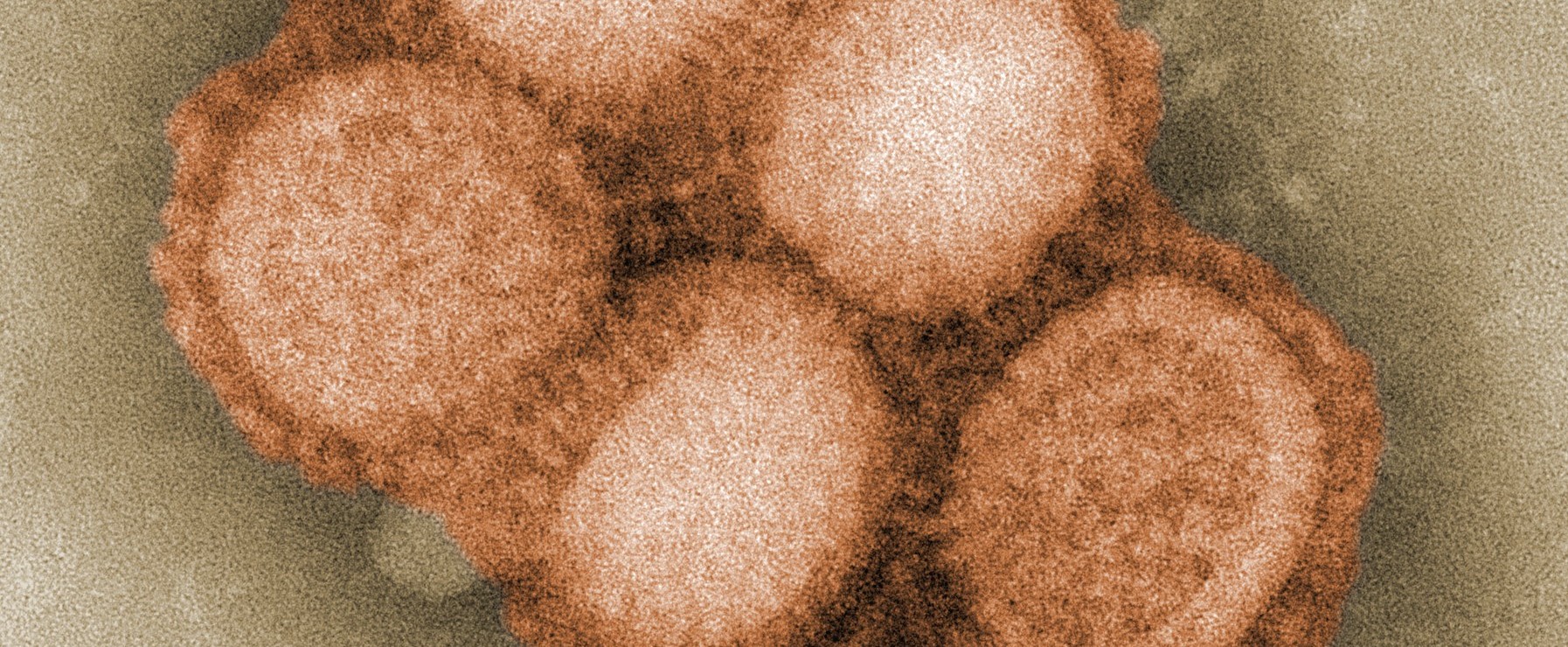Most people don’t give the seasonal flu a second thought. It seems pedestrian compared to the famous 1918 Spanish flu, which claimed more than 50 million lives worldwide. Outbreaks of other influenza viruses occuring nearly every decade since have killed over a million people. Avian flu—currently only highly transmissible between birds, not between humans—is still a dangerous infection that kills approximately 50 per cent of those infected.
Seasonal influenza is far from benign. This virus kills nearly 40,000 people each year in the US alone, and over 500,000 globally. A majority of these deaths occur in young infants and elderly individuals, who are most susceptible to the virus.
The World Health Organization estimates that seasonal influenza costs around 100 billion USD annually. Nearly five to 10 per cent of the population will be infected with influenza at least once every year. Given its annual prevalence, the overall mortality and economic impact of the seasonal flu exceeds even that of the 1918 Spanish flu epidemic.
Given its impact, seasonal influenza vaccinations are surprisingly uncommon. Data from the Centers for Disease Control and Prevention shows that vaccination rates of adults are around 40 per cent; for children, around 50 per cent. One of the most common arguments for this behaviour is that healthy people don’t need the vaccination. This is far from true. While healthy people may be able to fight off the virus after being infected, this protracted process may take up to a week. Furthermore, hospitalization is common for severe influenza or secondary bacterial infections (a result of weakened immunity), even in previously healthy individuals. The virus can also trigger underlying asthmatic episodes.
Another advantage of universal influenza vaccination is the concept of herd immunity. If the herd—nearly all the people in a group—are vaccinated, then the small number of people who did not get the vaccine would be safe from influenza infection. Unfortunately, only around 65-70 per cent of health care workers in Canada are vaccinated, which means they risk catching the virus at work or passing it on to already weak patients.
Concerns about the lack of vaccine safety are unfounded, incorrect, and in some cases, dangerous. There seems to be an increase in the anti-vaccine rhetoric in Quebec, and a recent outbreak of whooping cough has been linked to parents refusing to vaccinate their children.
Anti-vaccine proponents argue that the seasonal influenza vaccine contains mercury and formaldehyde, both of which are highly toxic. Thiomersal, a preservative containing mercury is only present in multi-use doses of the vaccine, and is in fact not present in a number of current single-dose vaccine. Regardless, there has been no evidence of toxic effects from Thiomersal. Formaldehyde, which is used to inactivate the virus, is a known carcinogen, but the levels present in the final vaccine are lower than what our body is capable of producing and breaking down by itself.
A number of myths surround the seasonal influenza vaccination. These myths have no scientific validity, and may increase the risk of severe influenza infection. The flu vaccine is a harmless jab that, at worst, results in slight discomfort for up to 24 hours. The alternative is an infection that can bring you down for up to a week. Considering what’s at stake, everyone should be getting a flu vaccine this year.
Flu vaccines are available at the Student Health Clinic and the McGill University Health Centre.










Student Health is offering flu shot drop-in clinics are available the following days in November.
Monday November 5th from 13:30 to 16:00Tuesday November 20th from 10:00-12:00Monday November 26th from 11:30-13:00mFriday November 30th from 13:30-16:00Clinics are located on the 4th floor of the Student Health clinic (3511 rue Peel, corner of Dr. Penfield). The cost is $15, cash only.